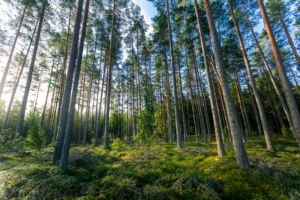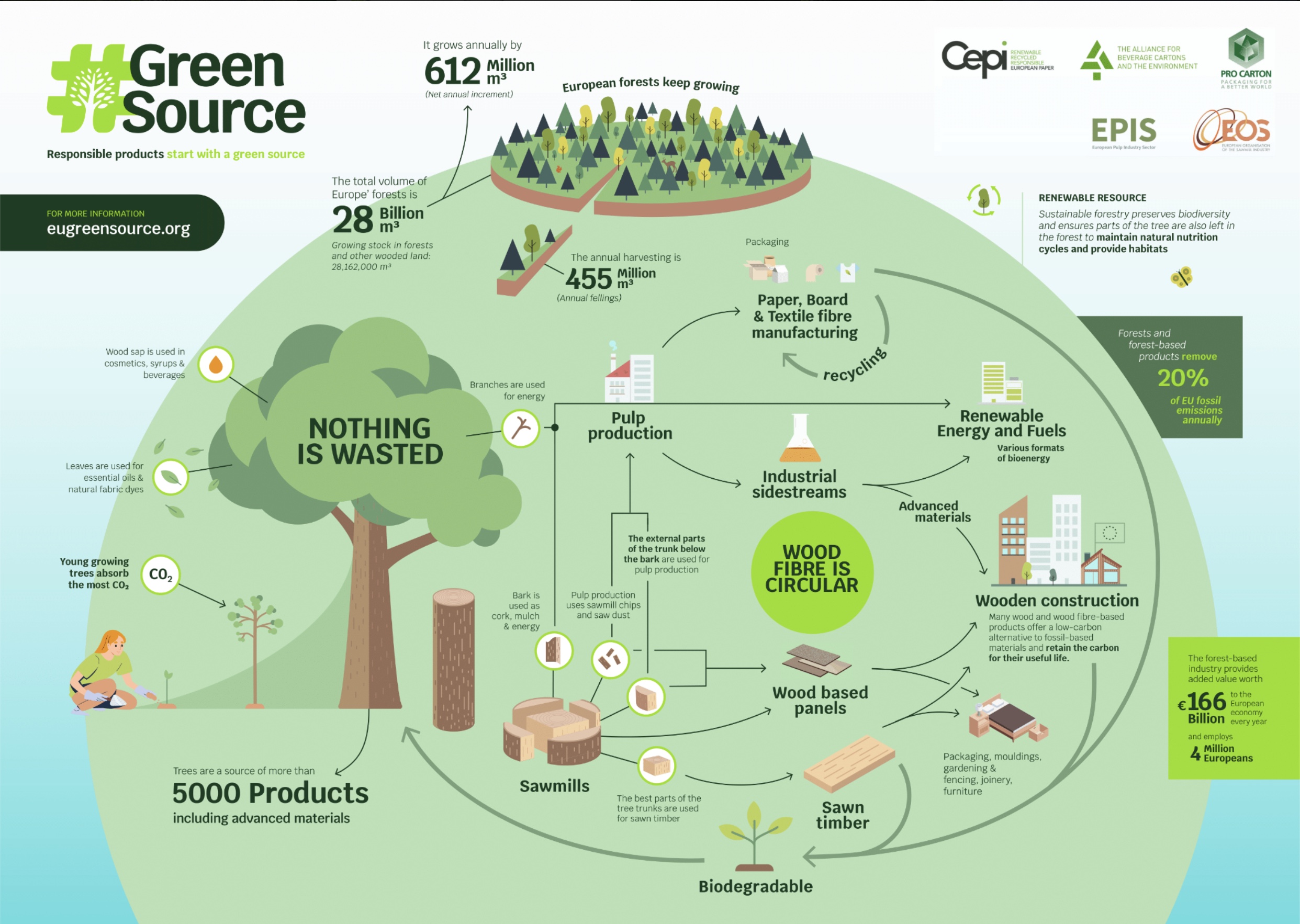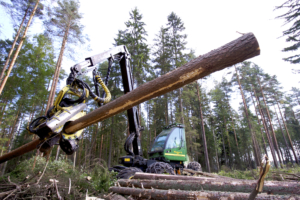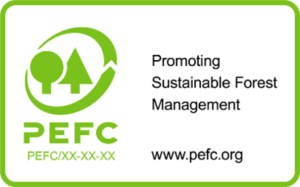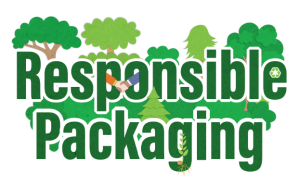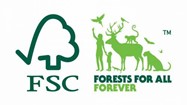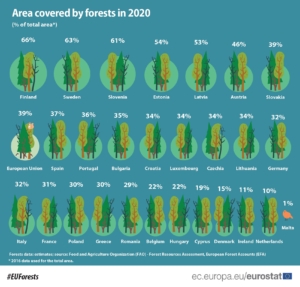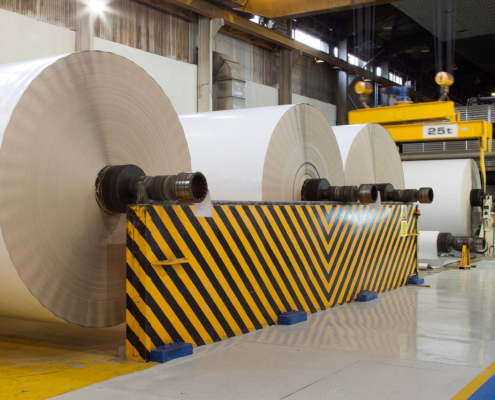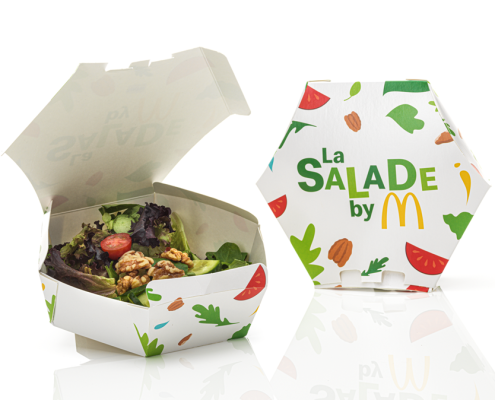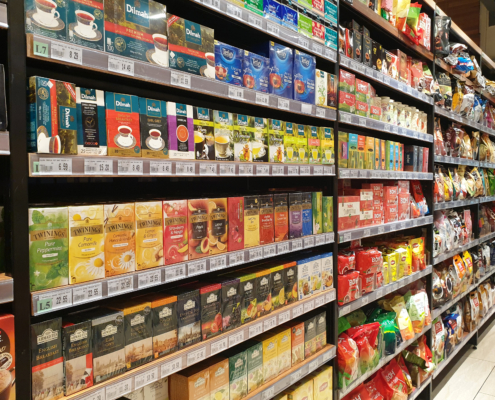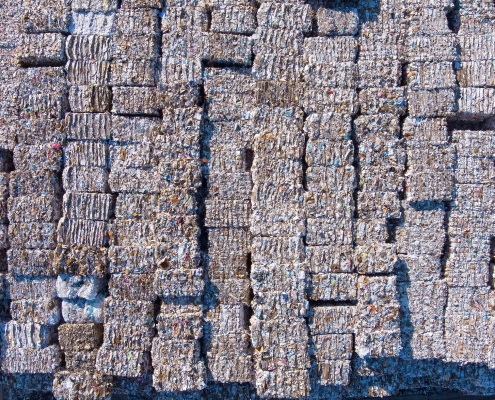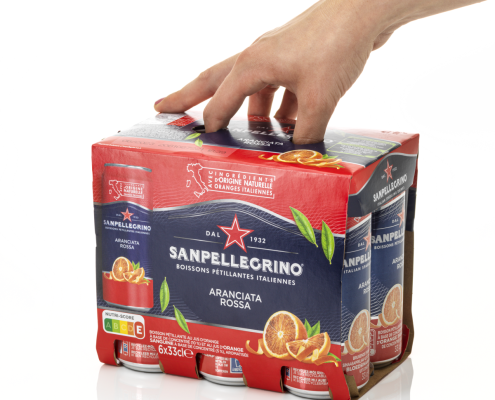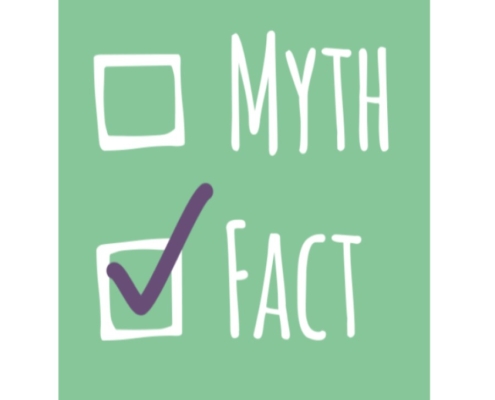Chain of custody is the term used for tracking the origin of the raw material (primary wood fibre) at each stage of the production process all the way to the finished goods.
To prove that the wood used in finished products comes from a sustainably managed forest, manufacturers who produce goods from this raw material need a chain of custody certificate.
Chain of custody certification is awarded by an independent body. Only when the whole supply chain has been certified can the final products be sold with a label and a corresponding claim on accompanying documentation.
For forest products such as cartons, certifying the chain of custody means verifying that the wood used at each stage of the production process came from a forest certified as being sustainably managed. It is only valid if each step in the supply chain is checked.
For goods manufacturers and retailers the value of certification is in being able to label their cartonboard packaging as coming from a sustainably managed forest.
With a steady increase in forest certification, it is unlikely that any other industrial sector can match the forest products industries in demonstrating the same level of commitment to sustainability.
